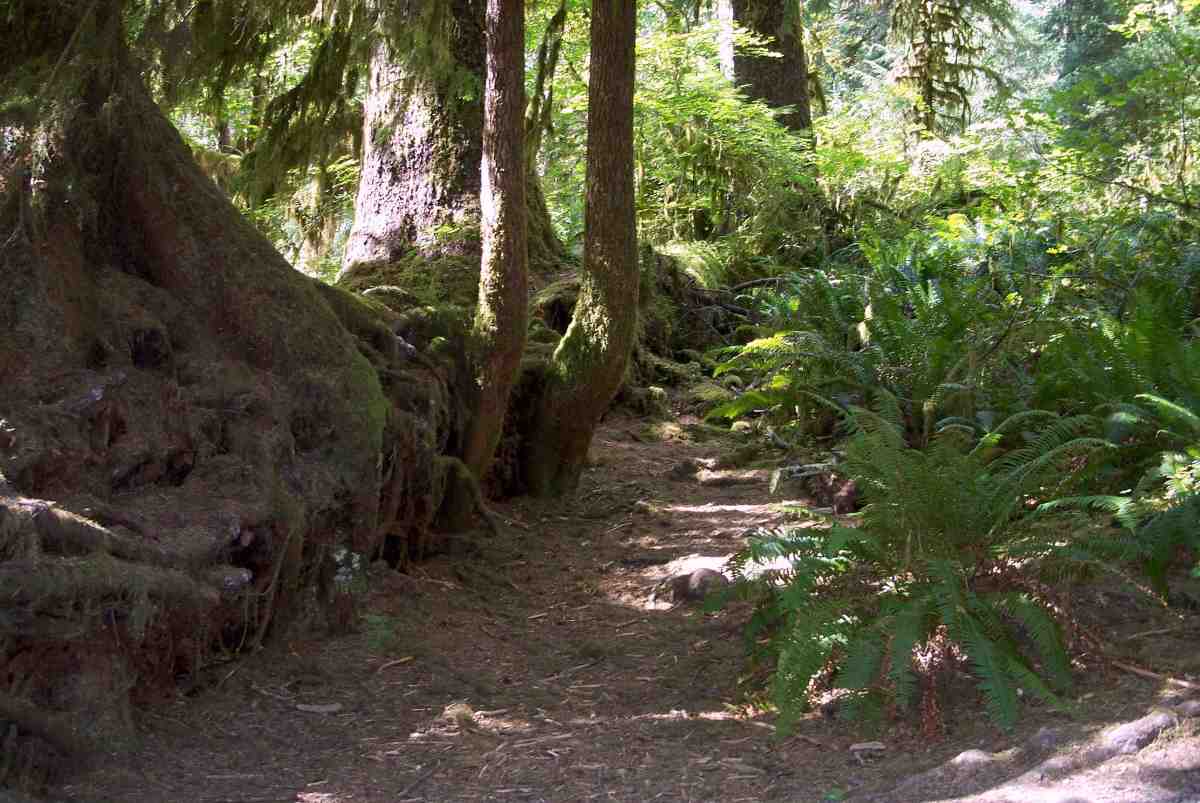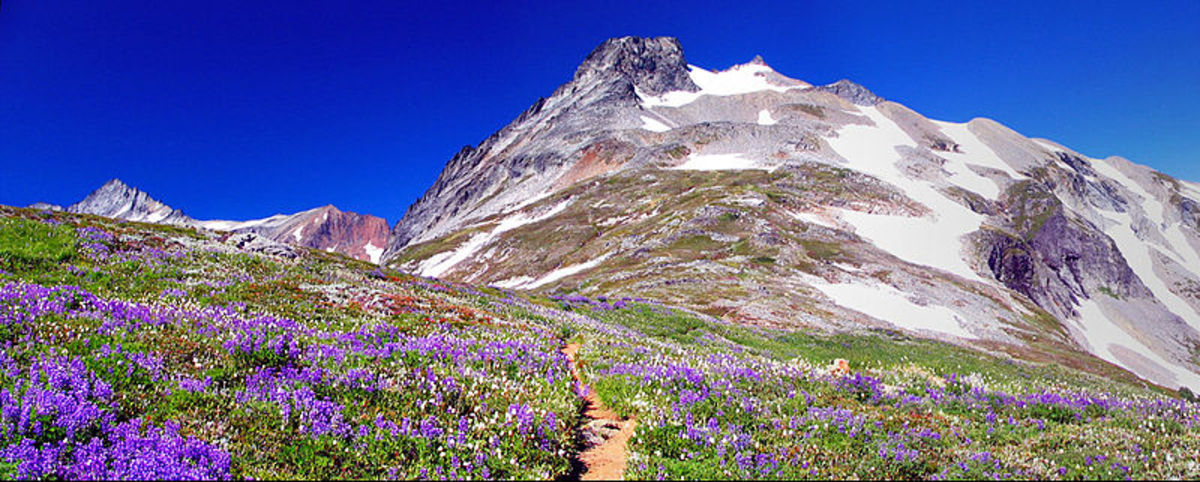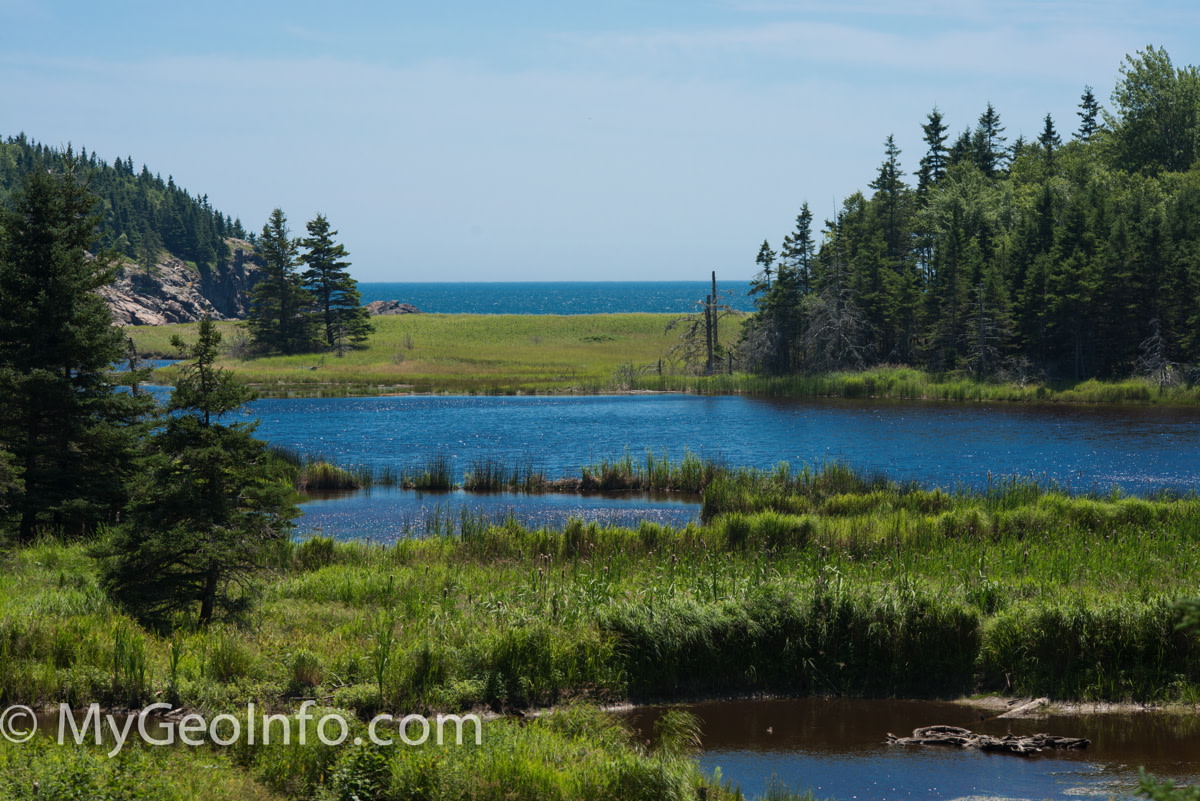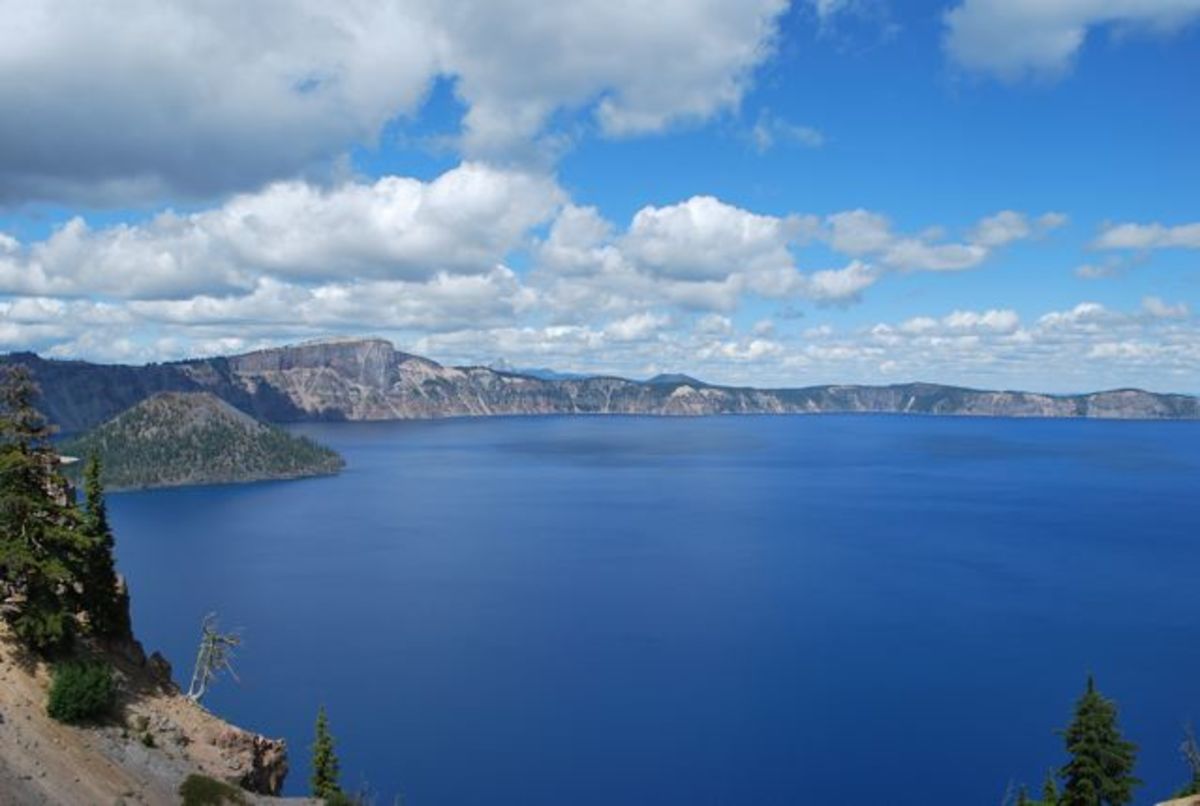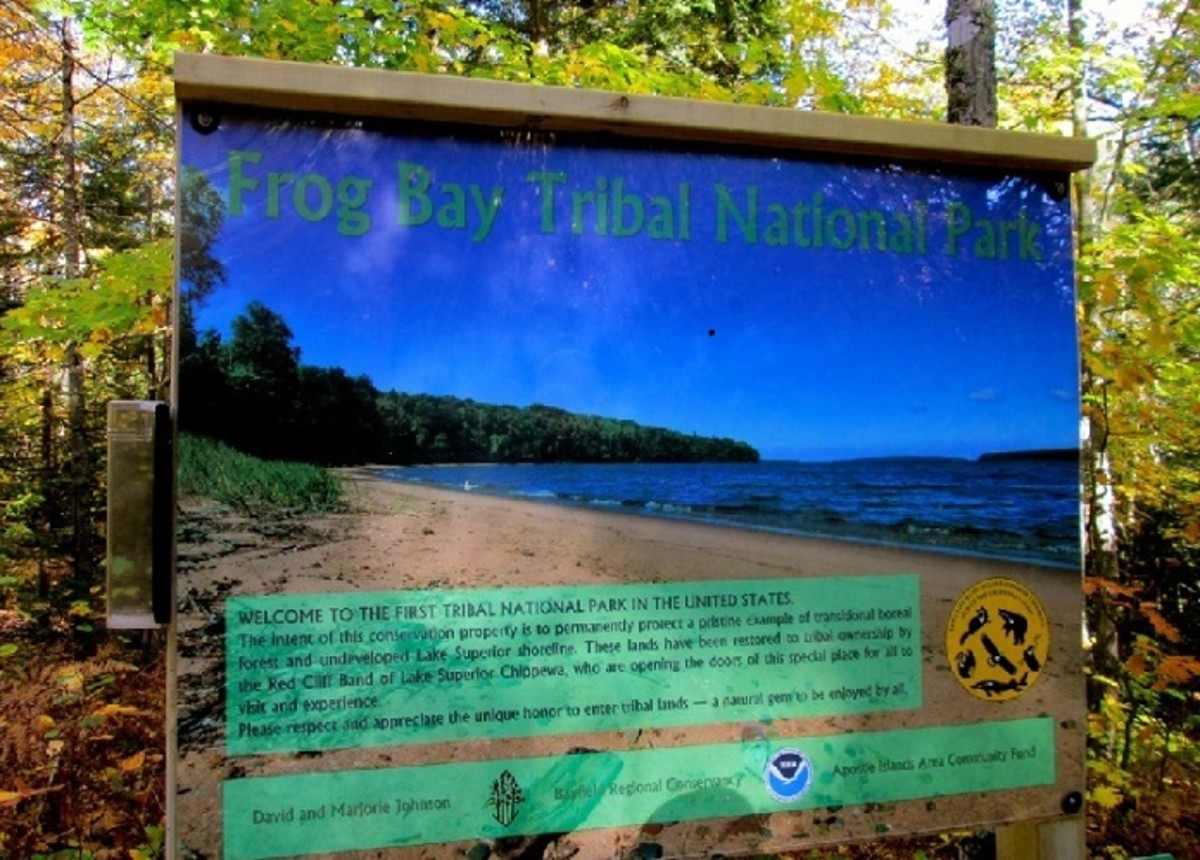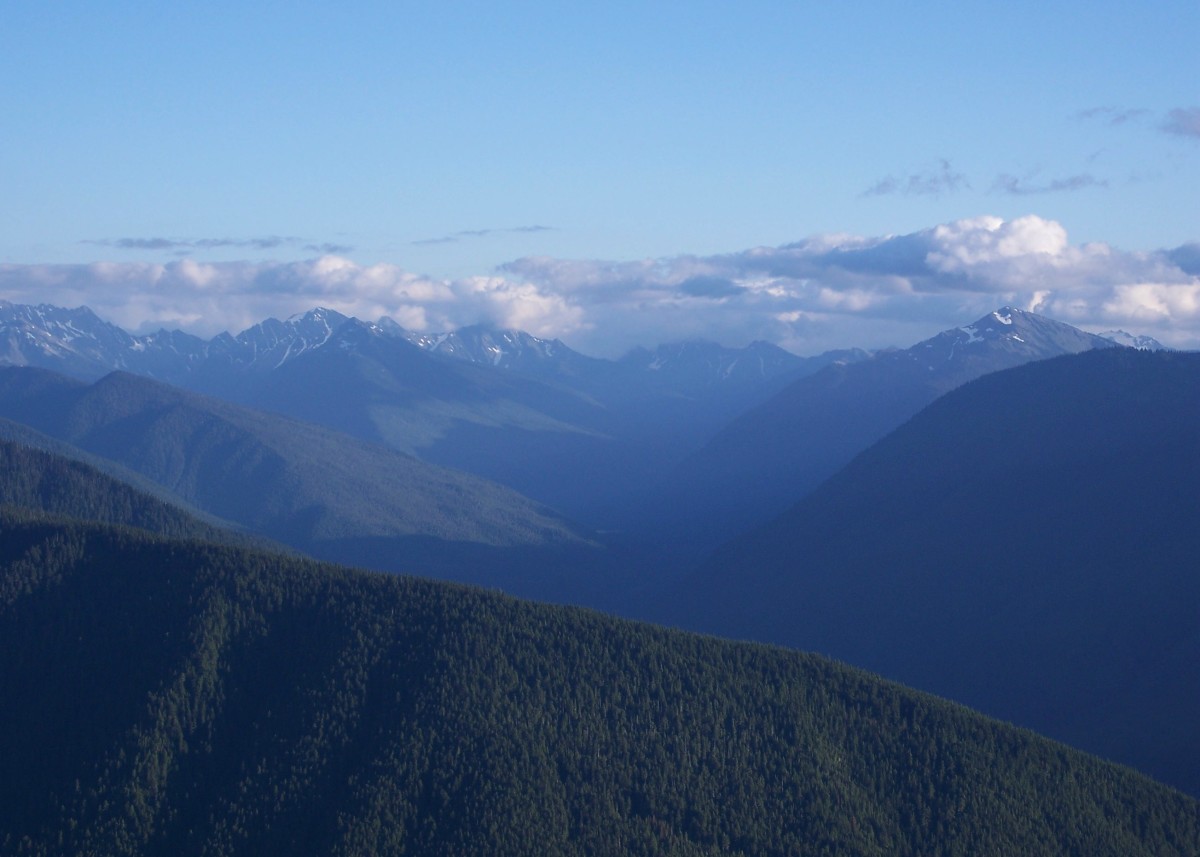Risnjak - Croatia's 3rd National Park near the Istrian Peninsula in Croatia (Hrvatska)
Highest and Lowest Points of the Park
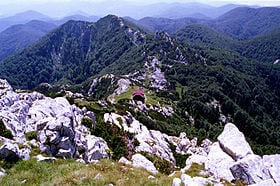
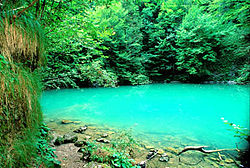
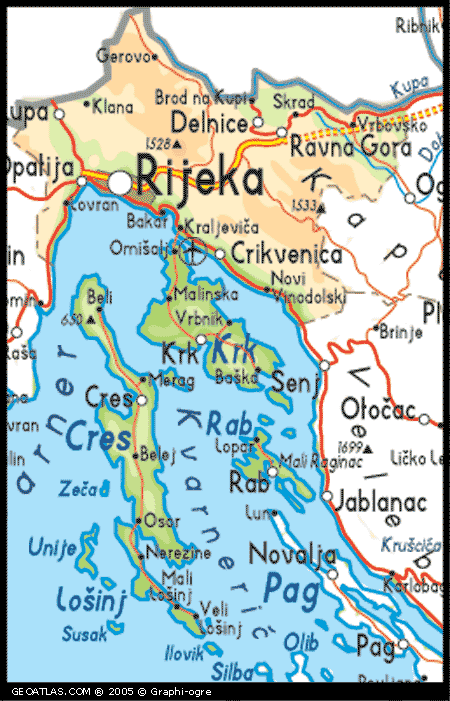
A National Park is Born
The National Park of Flowers
Accessible
The park became a national park in 1953, the third declared in Croatia. Perhaps because it is easily accessible to visitors on the Zagreb-Rijeka highway, at a crossroads for travelers visiting Croatia or other Central European countries, it is the most visited national park in all of Croatia. Admission is at Crni Lug (Black Ash) on the eastern side of the Park.
Its History
Risnjak is best known for its rare types of flora and fauna, although it has many other important ecological attributes. Nearly 200 years ago in 1825, Joseph Standler, the first of many famous Hungarian botanists came to Risnjak to study its botanical specimens. Josip Schlosser followed in his footsteps, doing extensive writing in publicizing the park's famous flora. He is also credited with building the park's mountain cabin in 1932 which today serves as a meteorological center and much more. Many other scientists and botanists followed these pioneer researchers in visiting the Park to research its extraordinary plant life. The first mountain climbing expedition was organized by the Rijeka Alpine Club.
Protected Status
In 1949, Ivo Horvat, an important Croatian botanist, suggested that Risnjak be protected and granted national park status. It was the same year that Plitvica Lakes and Paklenica were granted status. Risnjak received this honor in 1953.
Republic of Hrvatska
36 km around the highest peak were given protected status, and in 1956, this area was reduced to an even smaller area, only 30 km2, with approximately 20km2 given "strictly" protected status. Finally, in 1997 when Croatia had become an independent Republic, the Park was allowed its present dimensions of 63 km2, in which it now enjoys and thrives. Of all the national parks in Croatia, it is one of the smallest.
Risnjak from the Air
One of Croatia's Natural Borders
Croatia is mostly bordered by natural borders - mountains, rivers, and sea.
On the East are the Velebitski mountains and Mount Dinara, another natural border. To the north is Risnjak, an important geological and topographical location, which is a line of demarcation, dividing the sea from the continental portion of Croatia. The vegetation at this point is at a transition point between coastal vegetation and continental, and the climate changes here, too.
Climate and Weather Issues
Climate Extremes, except for Summer :)
The altitude at Risnjak is moderate, but due to the clashes of warm coastal air and cold weather front clashes from the Alps, it is at a crossroads (more like a war zone) of weather.
Winters here are long and snowy, which make it ideal for skiing. Spring and Autumn are among the highest wettest levels at 3600 mm. Average, year round temperature is at a low of only 2.5 Celsius. For degrees in Fahrenheit, see below. Only summer is truly delightful at an average 22.5 degrees Celsius.
Micro Weather Patterns
The Park's low lands hold a colder temperature than at the peaks. The mini-weather systems, known as ponikvas are colder and take much more time for snow to melt.
Convert Celsius to Fahrenheit
Risnjak National Park
| Celsius temperature
| Multiply by 9
| Divide by 5
| Add 32
| Temperature in Fahrenheit
|
|---|---|---|---|---|---|
Summer temperature (avg)
| 22,5
| 202,5
| 40,5
| 72,5
| = 72,5
|
Annual temperature (avg)
| 2,5
| 22,5
| 4,5
| 36,5
| = 36,5
|
The Stars ot the Park
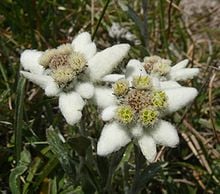
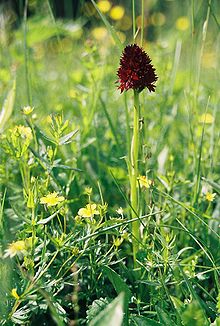
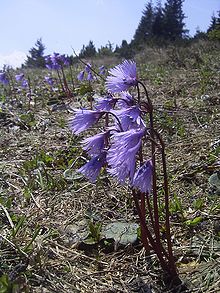
Small Area with Many Flower Varieties
The Park is best known for its Flowers
Rare and endangered flower types, including the famous rare flower, Edelweiss (meaning "noble white") can be found here. Resembling a crown, it is called the Queen's Flower in Romanian.
Other important flowers found at the Park include Black Vanilla Orchid, alpine snowbell, mountain milfoil, alpine yellow violet, livelong saxifrage, mountain avens and hairy alpine rose
Leska Nature Walk
In 1993, the Croatian government started the Leska Educational Nature trail. It is tour guided to make a moderate loop around the park, about 4.5 kilometers in length. The walk covers the types of trees, flora, fauna, and provides an excellent opportunity to learn as you enjoy the beautiful natural surroundings and scents.
Geography
Trees
In spite of its very limited area, the park has an amazing variety of trees. It has a large representation of both fir and beech trees. There are also samplings of elm, sycamore, ash and yew. There is also sub alpine types of grasses - like lettuce grass, growing at shallower altitudes.
There are shrubs on nearly all surface area, designed to protect the upper surface. Shrubby pine can be found is in the colder areas. The whole region is at a transitional level, so many variations and combinations are possible based on physical location within the park.
Soil and Land Characteristics
The park is mostly limestone with holes and no surface water to be found.
Highest Peak
The highest peak is Veliki Risnjak, or the great Lynx. It can only be reached on foot.
Second Highest Peak
Snježnjak - or "snowy one". In this case #2 tries harder. With a height of 1506 meters, it is an ideal spot for skiing during the high season with snow drifts from 1,5 meters to 4.5 meters.
Our natural world
Animal Life - too many to show here
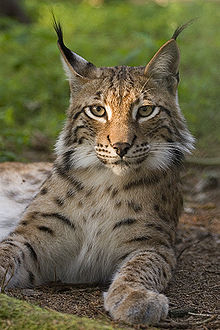
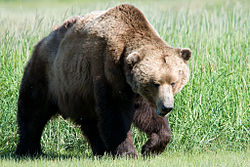
Animal Life at the Park
An amazing assortment of animals can be found here:
The Lynx's Lair
Wolf, wild boar, brown bear, roe deer, chamois, squirrel, red deer, stone marten (among others), and the very important Lynx.
The park's name, Risnjak, is the Croatian name for Lynx. The Lynx was hunted to extinction during the 19th century. Fortunately, attempts in re-breeding have been successful, and the animal has again began to live in its natural home and environment.
Risnjak's Official Website
- Nacionalni park Risnjak
The official link to the National Park, there is an English speaking version (just click on the British flag) for up to date information on Park happenings, admission hours and fees.
Geography
- Croatian Geographical Data, Statistics and the Topog...
Croatia, a country which has existed since ancient times, is located at the center of middle Europe on the Balkan peninsula. With mountains to the east and the Adriatic Sea to the west, its position is ideal for swimming, mountain climbing, sailing.



